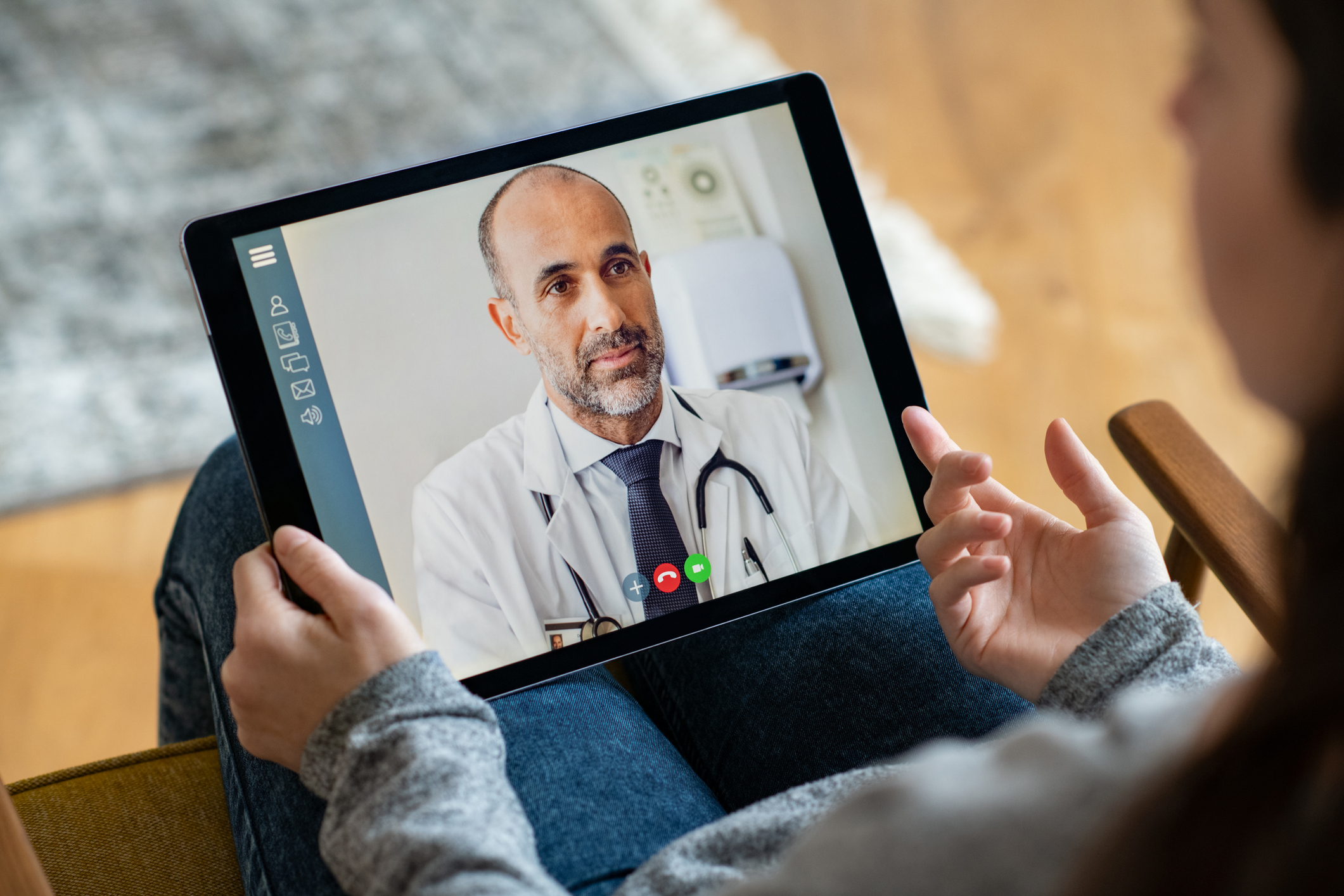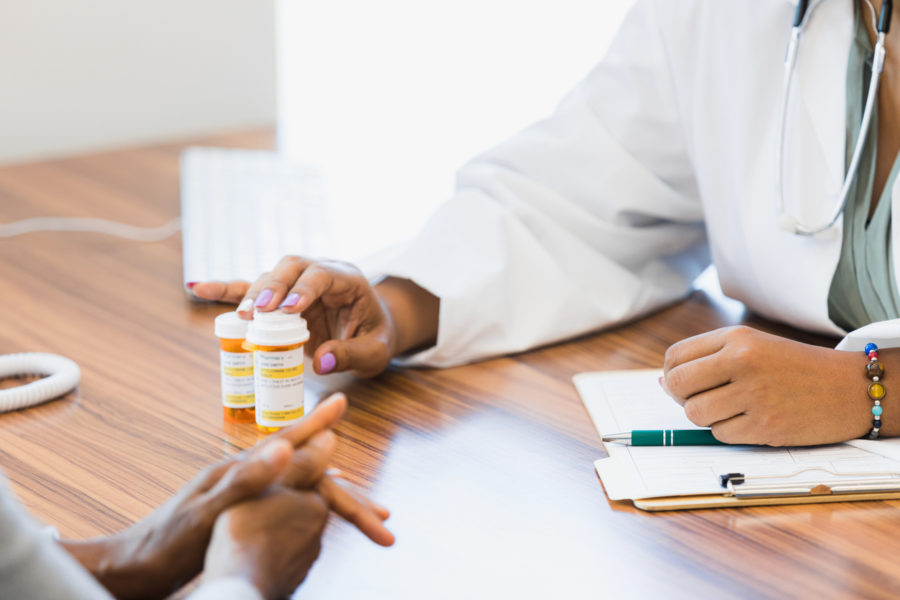Patient follow up visits are associated with a reduction in readmission and positive outcomes, especially in hospital and clinical settings. Telehealth and direct dispensing can help to improve patient follow up rate.
When doctors and physicians can encourage their patients to come in for a post-operative or post-treatment check-up, particularly in cases of high (but not extremely high) readmission risk, they can substantially reduce that risk. However, despite the data supporting patient follow up visits, the US reports that anywhere from 5 to 55 percent of patients fail to show up to their follow up appointments. These “no-shows” are defined as “patients who neither kept nor canceled scheduled appointments”. Since identifying the problem, researchers are working on identifying potential influencing factors and effective solutions.
Why Patient Follow Up Rate Matters
Regardless of whether a patient visits a physician for a general checkup, an injury, disease, or a chronic condition, it’s rare for a patient’s care and recovery to begin and conclude within a single visit. The process towards a positive outcome is usually longer than that, sometimes spanning a few weeks, sometimes requiring years of treatment.
While the physician plays an important role in guiding a patient’s recovery and providing them with immediate care for acute symptoms as well as medication recommendations, they cannot spend every moment of the day managing their patient’s health. Patient follow up visits, then, serve as important reminders to patients to schedule an appointment after the initial visit to ensure that things are developing in the right direction and that no new symptoms of issues have developed in the interim.
A low follow up rate would suggest that patients are not coming back a second time, which can lead to poorer outcomes, poorer patient-physician relationships, and a poorer record of a patient’s health and how their condition is developing. When patient follow up visits are encouraged, physicians can catch adverse effects and complications earlier on, or simply reassure a patient that their recovery is going well (which is always a good thing to hear).
How Telehealth Can Improve Follow Up Rate
Patients understand that follow up is important. They recognize that failing to show up for an appointment to check up on them after treatment can be dangerous. And yet, many still end up being a “no-show”. The burning question is: why?
The answer is predictably complex and depends on the circumstances of the patient. Even in a largely non-indigent suburban population where the cost of healthcare was unlikely to be a factor, many failed to show up citing difficulty getting off work (lack of time), having little understanding of the trajectory of their disease (lack of medical literacy), and disability. Furthermore, it seems that the severity of a patient’s condition does not tend to have a significant impact on the likelihood of attending follow up visits.
The cited issues would benefit immensely from direct dispensing and telehealth services, which aim to reduce inconvenience and save patients a significant amount of time and energy while providing a high-quality service via safely encrypted HD video and audio.
Modern telehealth software will play an important role in helping healthcare providers rapidly modernize and offer services to patients who cannot rely on them due to disability, cost, inconvenience, or forgetfulness. The ease-of-use of eHealth programs and software also helps improve patient adherence, as it’s just much easier to check in and get in touch with a doctor via video than it is to adhere to a physical appointment, particularly now when one-on-one contact is still a safety concern.
As patients grow increasingly worried about privacy in the Information Age, healthcare providers must also anticipate and address worries and fears surrounding how their information is stored and used, and what degree of privacy a video communications platform or biometric wearables might offer them.
It’s Often About Patient Education
One of the important roles a physician must play is as an advisor to their patient’s health and wellbeing. As we continue to move away from the model of medical authority towards a model of a healthier patient-physician relationship, we must continue to provide clear advice and understanding to our patients.
We should not simply ask a patient to take medication because it will help, but provide them with the means to understand:
- How their medication will help
- How their condition might develop
- What to watch out for
- What type of home care to consider
- Other helpful information to guide them towards a much better and clearer picture of their overall health and condition
Encouraging patients to take charge of their health is not only a great way to foster and improve patient engagement, but research has been making it increasingly clear that patient education can improve health outcomes and help patients make smarter, more informed decisions, including those related to patient follow up and adherence.
Direct Dispensing and Patient Adherence
As patient adherence continues to be one of the most pressing concerns in the healthcare industry, costing us around 125,000 lives a year, the roles that telehealth and direct dispensing can play in improving patient adherence are critical.
By leveraging the greater demand for efficiency and convenience, offering a safer way to improve patient follow up and adherence during COVID-19 (and beyond), and by removing barriers of access to clearer information and quality medication, physicians can continue to optimize their practice to improve short-term outcomes and long-term adherence.
Proficient Rx offers physicians and other healthcare providers a turnkey web-based direct dispensing system, supplying eligible clients with repackaged branded as well as generic OTC and prescription medication. Designed to be easy-to-use and accessible via any secure hardware, our web-based direct dispensing system gives physicians the ability to easily track and manage inventory, print custom labels, and provide crucial medication at the point-of-care.
Given the growing importance of telehealth and eHealth services, we also provide a virtual visit software solution directly through our dispensing portal, so you can help your patients easily and conveniently seek follow up care from the comfort of their own home.
Our software is HIPAA-compliant, DEA-approved, and supports encrypted HD video and audio. To ensure patient safety, we also help physicians set up dispensing via curbside pick-up at the providers location, so nearby patients don’t need to risk getting the medication they need elsewhere.





